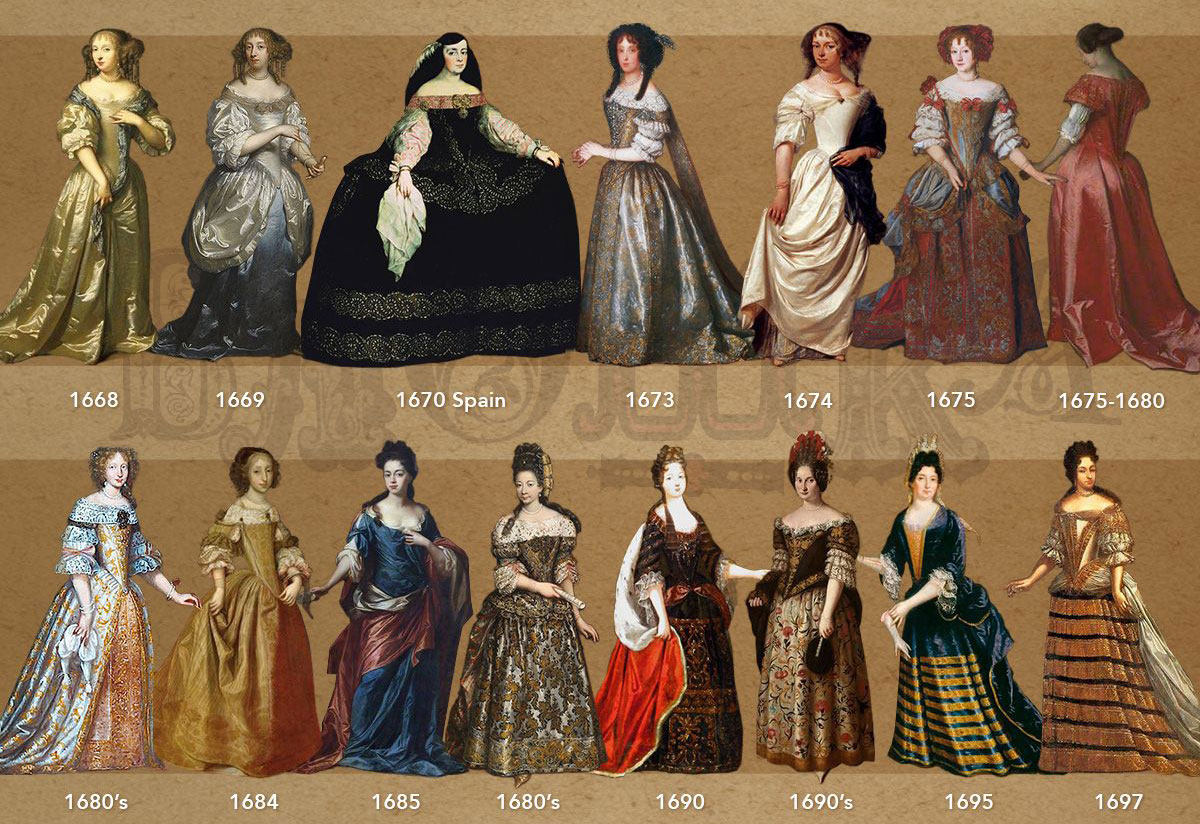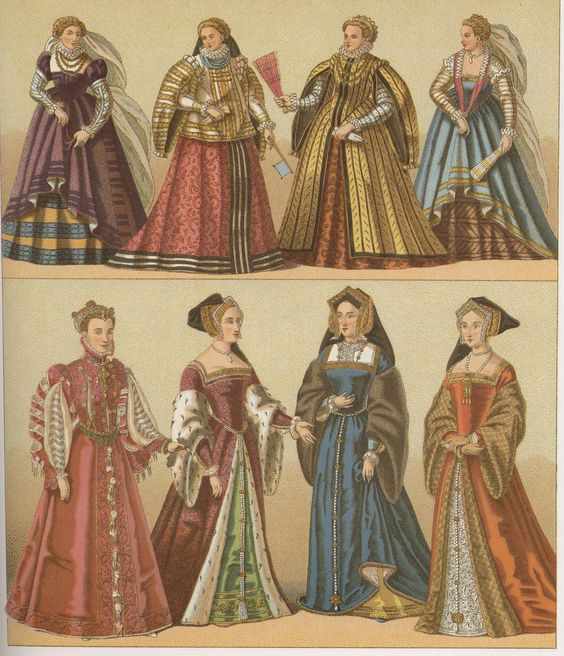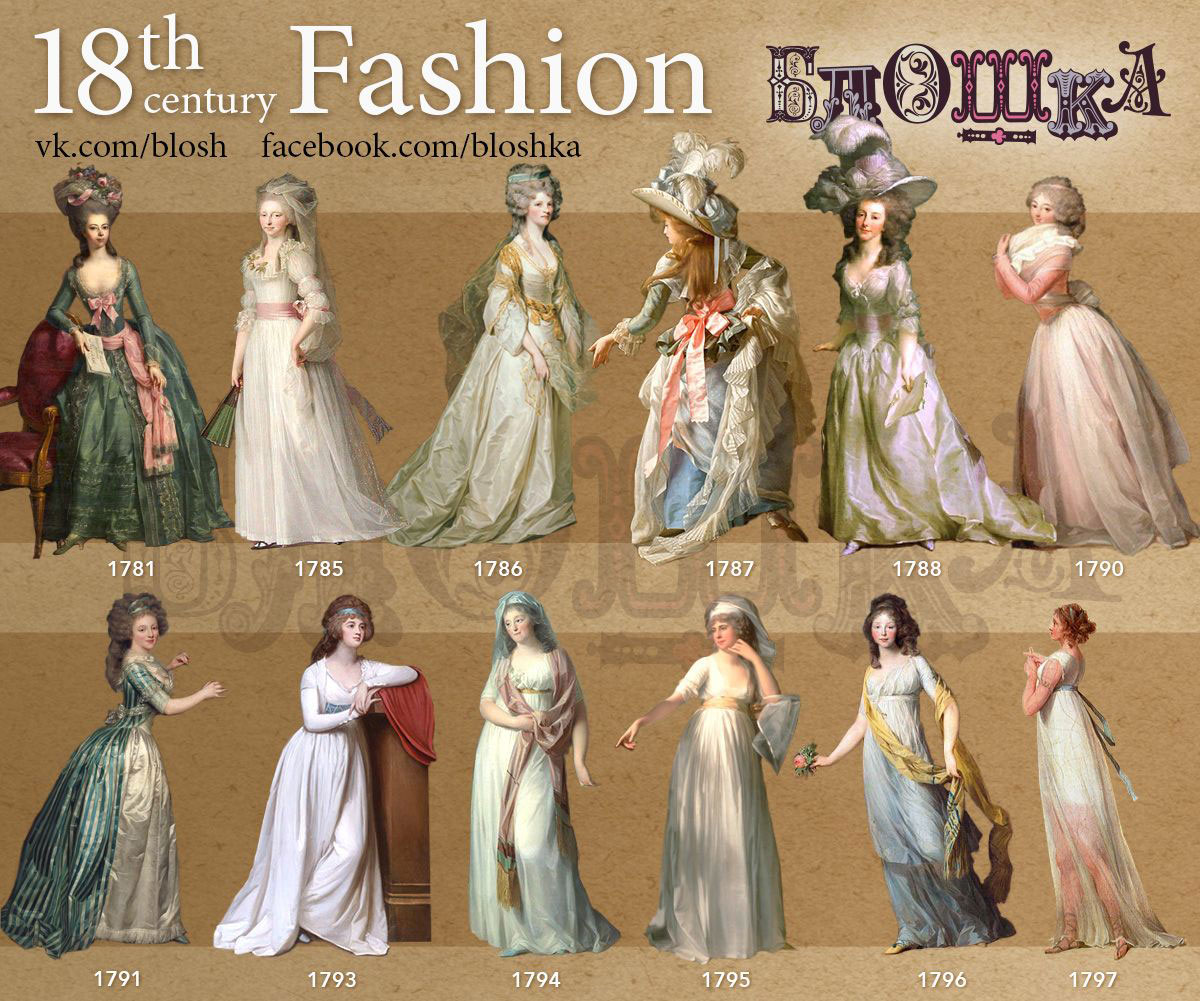When did clothes develop sleeves? Perhaps the same time humankind discovered good stitching. From body-covers made of animal skin held together at the sides, with just enough open space below the shoulders for armholes, the transition was now made into something that covered one’s arms as well.

Sleeves in the 17th century Pinterest/bloshka.info
Sleeves bloomed in Europe, during the 16th and 17th centuries. These were the times of billowing, buoyant, fulsome, flamboyant sleeves, gathered at many points. They were worn by both men and women.
Sometimes sleeves were stitched and sometimes attached with points or small ties to the sleeves of men’s doublets and jerkins or to the bodice of women’s gowns. Detachable sleeves could be worn with different garments.

Sleeves in the 16th century Pinterest/Dina Harmon
Sleeves in the 16th century many styles, including the three P’s: puffs, panes, and padding.
Puffs were fabric puffed out in circles most commonly at the shoulder, but at the elbow or lower. It could be a series of puffs reaching down to the wrist. Panes were panels of fabric running the length of the sleeve. Panes and puffs could go together. Padding was added to sleeves to give them shape.
Sleeves were adorned with jewels and ribbons. They were made of rich, often extravagant fabric.

Sleeves in the 18th century Pinterest/bloshka.info
From the 18th century ladies’ gowns came with sleeves that were fitting at the elbow and but ended up as pagoda or funnel sleeves.
A hundred years later, the puffs developed into leg-of-mutton sleeves – puffed at the shoulders and then narrowing down towards the elbows. The 19th century introduced raglan sleeves, which came with a sloping shoulder line.
Cap sleeves, trending now, were introduced in the 20th century. The 20th century also introduced us to sleevelessness. But that is another story.











